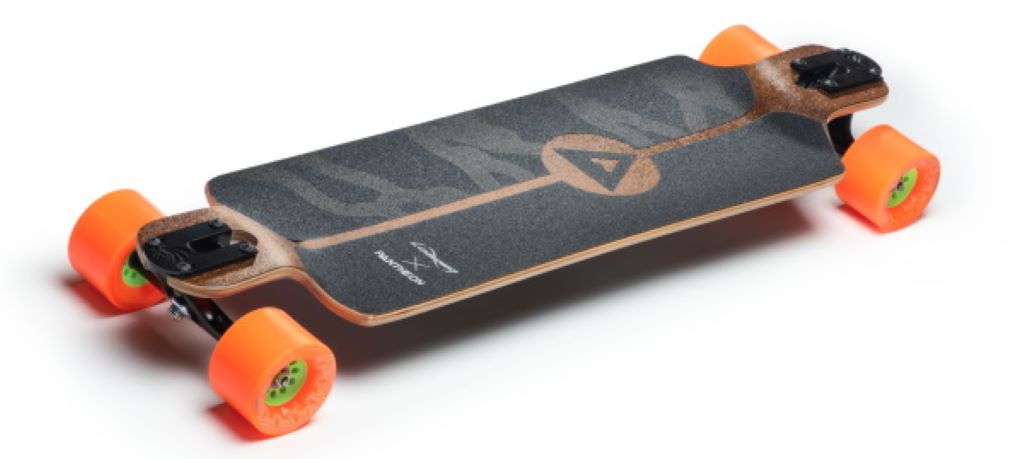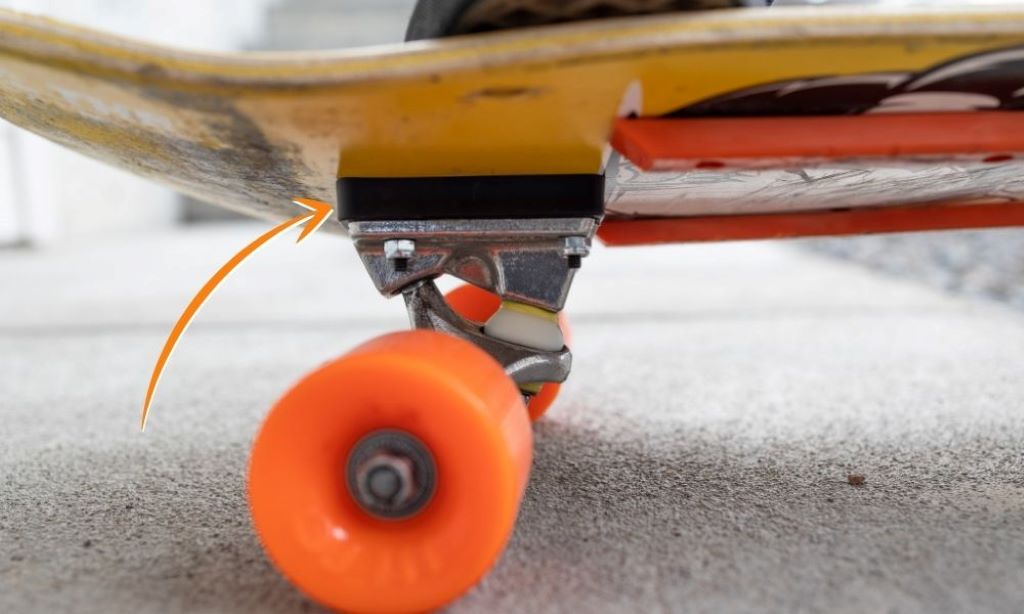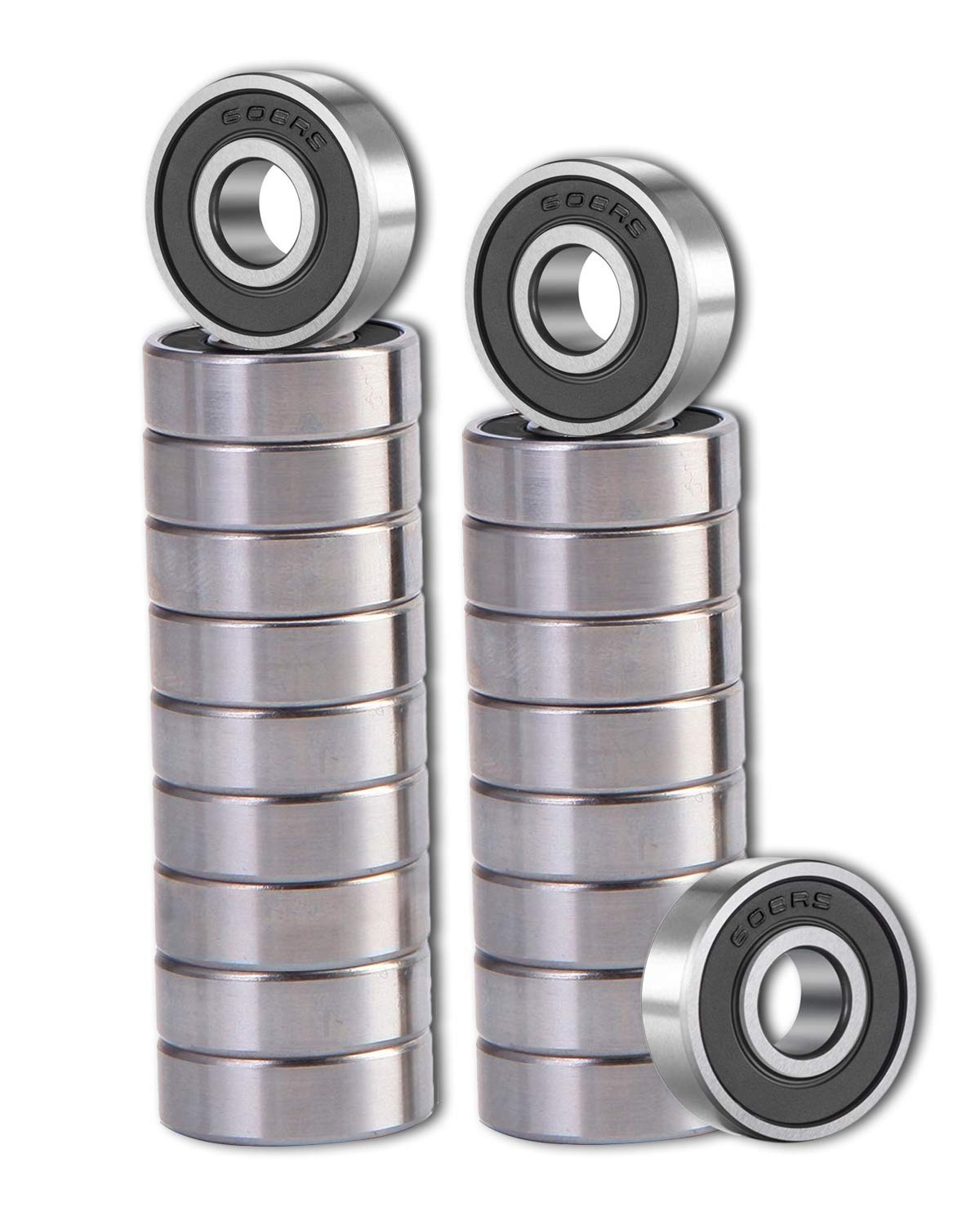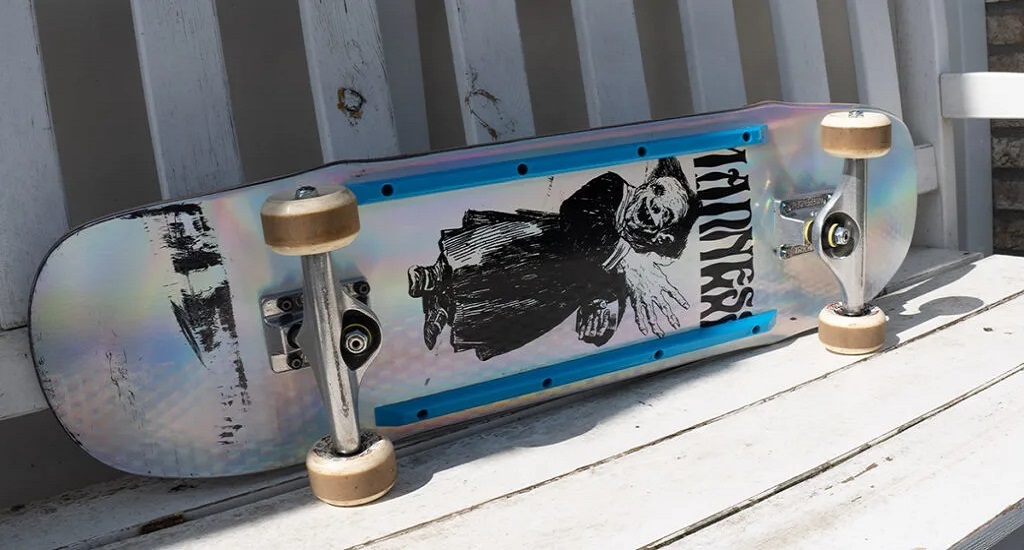Skateboard risers might seem like small additions to your setup, but they play a significant role in how your skateboard performs and feels. Whether you’re hitting the streets, shredding the park, or defying gravity on a vert ramp, understanding risers can make a big difference. Let’s dive in!
What Are Skateboard Risers?
Simply put, risers are flat pieces of plastic or rubber placed between your skateboard deck and trucks. They come in various thicknesses (typically 1/8 inch, 1/4 inch, and 1/2 inch) and serve a few key purposes:
- Wheel Bite Prevention: This is their most common function. Risers lift your deck higher, creating extra space between your wheels and board, reducing the chance of your wheels hitting the deck (wheel bite) during sharp turns.
- Shock Absorption: Risers, particularly softer rubber ones, can help dampen vibrations from rough surfaces, leading to a smoother ride.
- Turning Radius: Higher risers can slightly increase your turning radius, making it easier to carve or turn in wider arcs.
Risers for Different Skateboarding Disciplines
The type and thickness of riser you choose often depend on your preferred skating style:
- Street Skating:
- Focus: Technical tricks, grinding, flatland maneuvers
- Riser Recommendation: Typically 1/8 inch risers. This offers enough clearance for most street tricks while keeping your center of gravity low for stability.
- Park Skating:
- Focus: Transitions, ramps, bowls, airs
- Riser Recommendation: Many park skaters also prefer 1/8-inch risers for a good balance of clearance and board feel. Some may use 1/4 inch for extra protection against wheel bite on high-impact landings.
- Vert Skating:
- Focus: Vert ramps, high-speed carves, airs
- Riser Recommendation: 1/4-inch or even 1/2-inch risers are common here. The higher speeds and intense carving on vert ramps make wheel bite a more significant concern. The extra clearance offered by thicker risers is essential.
- Cruising & Longboarding:
- Focus: Transportation, relaxed rides, carving
- Riser Recommendation: Risers aren’t always necessary for cruising or longboarding, but 1/8-inch risers can be used if wheel bite is an issue with larger wheels.

Choosing the Right Risers
Here are some additional factors to consider:
- Your Trucks: If you have low-profile trucks, you might need thicker risers to compensate for less built-in clearance.
- Your Wheels: Larger wheels generally require more clearance, so thicker risers might be needed.
- Personal Preference: Ultimately, the best way to find the right risers is to experiment. Try different thicknesses to see what feels best for your setup and style.
Related: Simple Ways To Make Your Skate Shoes Last Longer
Installing and Maintaining Risers
Installing risers is a simple process. Just place them between your trucks and the deck when you assemble your skateboard. Be sure to use the correct length hardware (bolts) to accommodate the extra height of the risers. Check your risers periodically for wear and tear. Cracked or deformed risers should be replaced to ensure your safety and the optimal performance of your board.
Ready to Elevate Your Skateboarding?
Risers are a versatile and often overlooked tool for customizing your skateboard. By understanding their function and how they apply to different disciplines, you can fine-tune your setup for a more enjoyable and personalized ride. So, consider what risers might do for your skating – you might be surprised at the difference they make!
Important Note: Always check the tightness of your hardware after installing risers and make sure everything is secure before skating.
Let me know if you’d like any other skate-related articles!




